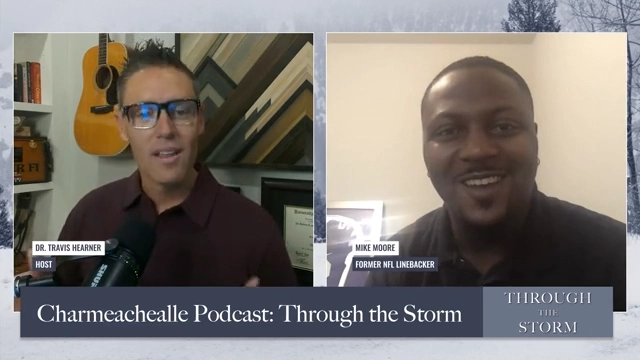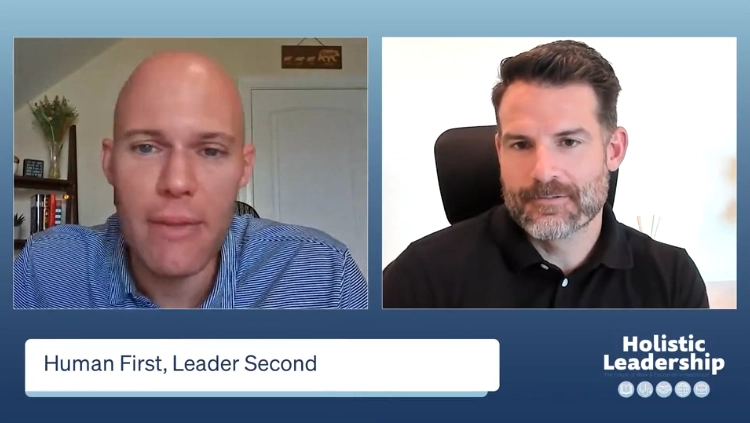
One Company, Many Industries, Countless Products
For over 40 years, The Heico Companies has delivered sustainability to our businesses while maintaining their entrepreneurial spirit. We now have over 9,000 employees and over 70 operating companies on 5 continents.
May 10, 2023
The legal industry has been growing at a rate of 3% to 4% on a compounded annual growth basis, and the number of trained professionals available in the market today is not able to cover for that growth. To address this need, Stenograph launched its Phoenix Speech Recognition Software and MaxScribe Digital Reporting Solution on November 1st, 2020. Anir Dutta, President of Stenograph explains that the goal behind these solutions was to provide a responsible method for creating an accurate verbatim record using digital technology.Over the past year, Phoenix usage has seen about a month-over-month 40% growth on a compounded annual growth basis with more than 500 users utilizing MaxScribe in the US alone. This kind of adoption was unexpected in such a short period. The company also launched their Digital Reporting Academy which provides online training for users looking to learn how to use MaxScribe more effectively. Stenograph’s philosophy has always been customer-focused with their vision being to put speech recognition on every desktop within this industry. “We are here to empower the practitioner,” says Anir Dutta. Their approach is focused on empowerment rather than disruption as they value tradition, processes and discipline required to create certified transcripts. Stenograph’s next big plan is diversifying their offerings beyond just providing one solution by introducing Phoenix On Demand – an agency or enterprise’s own speech recognition engine which can sit with transcription service providers or law firms who want their own speech recognition engine dedicated solely to them. This will allow agencies and enterprises greater flexibility in integrating Phoenix into their custom workflows while also creating differentiation from an operational perspective. The company is also working on partnerships with transcription service providers so that they can incorporate Phoenix and MaxScribe technology into their workflows allowing them to provide services such as overflow work for customers who have audio they wish transcribed but lack resources. Stenograph believes that partnerships are key when it comes to solving the shortage of certified, educated digital reporters that are professional and can create 100% accurate, fully certified records. The company is partnering with different schools to provide training programs for aspiring digital reporters and connect them with users in need of their services. In conclusion, Stenograph’s investment in court reporting for over 80 years has allowed them to lead the way in creating Court Reporting 2.0 which includes stenography, voice reporting, and digital reporting as acceptable methods for creating a fully certified transcript. Their focus on empowering practitioners rather than disrupting existing processes has led to an explosion in adoption over the past year. With plans to diversify their offerings beyond just one solution while working on partnerships with transcription service providers and schools offering training programs for aspiring digital reporters, Stenograph is committed to bridging the supply-demand gap within the industry.


